Listen, I'm gonna be straight with you - when I first started trading, candlestick patterns looked like absolute gibberish to me. Those red and green bars seemed more like abstract art than anything that could help me make money. But here's the thing: once you crack the code on reading these patterns, it's like having a conversation with the market itself.
Today we're diving deep into candlestick patterns, and I mean DEEP. We'll look at the psychology behind them, walk through some code examples, and by the end of this, you'll be reading charts like you've been doing it for years. No fluff, just the real stuff that actually works.
What Makes Candlestick Patterns Actually Work?
Before we jump into specific patterns, let's talk about why these things work in the first place. It's all about psychology, really. When thousands of traders are looking at the same chart, making decisions based on similar patterns, it creates what we call "self-fulfilling prophecies."
Think about it this way - if everyone sees a hammer pattern at a support level and starts buying, guess what happens? The price goes up. Not because the pattern has magical powers, but because collective human behavior is predictable to some degree.


The Heavy Hitters: Reversal Patterns You Need to Know
Let me break down the patterns that have consistently made me money over the years. These aren't just textbook examples - these are the ones that show up regularly and actually work when you trade them properly.
The Hammer and Hanging Man
These are probably the most reliable single-candle reversal patterns you'll encounter. A hammer appears at the bottom of a downtrend - it's got a small body, minimal upper shadow, and a long lower shadow that's at least twice the body length. The story it tells is beautiful: sellers pushed the price way down, but buyers stepped in strong and pushed it back up.
Here's where most people mess up though - they see a hammer and immediately think "buy signal!" Wrong. You need confirmation. Wait for the next candle to close higher than the hammer's high. That's your confirmation that buyers are actually in control.
The market doesn't care about your feelings, your predictions, or your needs. It only cares about supply and demand. Candlestick patterns help you see when that balance is shifting.
My Trading Mentor (who shall remain nameless)
Doji Patterns - The Indecision Makers
Doji candles are fascinating because they represent pure indecision. The opening and closing prices are virtually identical, creating a cross-like shape. But here's what most people don't understand - not all doji are created equal.
- Standard Doji: Equal length shadows, showing balanced indecision
- Dragonfly Doji: Long lower shadow, no upper shadow - bullish if at support
- Gravestone Doji: Long upper shadow, no lower shadow - bearish if at resistance
- Four Price Doji: All four prices (open, high, low, close) are the same - rare but powerful
Multi-Candle Patterns That Pack a Punch
Single candle patterns are great, but multi-candle patterns tell a more complete story. They give you better context about what's really happening in the market psychology.
Engulfing Patterns
These are my personal favorites because they're so clear cut. A bullish engulfing pattern happens when a small red candle is followed by a large green candle that completely engulfs the previous candle's body. It's like the market is saying "forget what happened yesterday, today belongs to the bulls."
The key with engulfing patterns is volume. If you see an engulfing pattern on heavy volume, that's when you know it's the real deal. Light volume engulfing patterns are often just noise.
Morning Star and Evening Star
These three-candle patterns are like the holy grail of reversal signals when they appear at key levels. A morning star starts with a long red candle, followed by a small-bodied candle (the star), then a long green candle. It's telling you that selling pressure is exhausted and buyers are taking control.
Getting Technical: Code for Pattern Recognition
Alright, let's get our hands dirty with some code. If you're serious about trading, you need to automate pattern recognition. Here's a Python function I use to identify hammer patterns:
def is_hammer(open_price, high, low, close):
"""
Identifies hammer candlestick pattern
Returns True if candle matches hammer criteria
"""
body = abs(close - open_price)
upper_shadow = high - max(open_price, close)
lower_shadow = min(open_price, close) - low
# Hammer criteria
is_small_body = body <= (high - low) * 0.3
is_long_lower_shadow = lower_shadow >= body * 2
is_short_upper_shadow = upper_shadow <= body * 0.1
return is_small_body and is_long_lower_shadow and is_short_upper_shadow
def is_bullish_engulfing(prev_open, prev_close, curr_open, curr_close):
"""
Identifies bullish engulfing pattern
"""
prev_is_red = prev_close < prev_open
curr_is_green = curr_close > curr_open
curr_engulfs_prev = curr_open < prev_close and curr_close > prev_open
return prev_is_red and curr_is_green and curr_engulfs_prevThis is basic stuff, but it's a foundation you can build on. In practice, I combine multiple indicators with pattern recognition to filter out false signals.
The Psychology Behind the Patterns
Here's something they don't teach you in most trading courses - understanding the emotional story behind each pattern is more important than memorizing their shapes. Every candlestick represents a battle between buyers and sellers, and the patterns show you who's winning that battle.
Take a shooting star pattern, for example. It forms when buyers push the price up significantly during the session, but then sellers come in hard and push it back down, closing near the opening price. The long upper shadow is literally showing you the failed attempt by bulls to maintain higher prices. That's bearish psychology in action.
When I see a shooting star at a major resistance level, I'm not just seeing a pattern - I'm seeing the story of overconfident bulls getting smacked down by reality. That's the kind of context that turns pattern recognition from guessing into informed decision-making.
Common Mistakes That Kill Profits
Let me save you some pain by sharing the mistakes I made early on (and still occasionally make when I'm not careful):
- Trading patterns in isolation without considering market context or trend direction
- Not waiting for confirmation - jumping in as soon as you see a pattern forming
- Ignoring volume - patterns with low volume are usually not worth trading
- Using patterns on timeframes that are too short - stick to 1-hour charts or higher for reliability
- Forcing patterns where they don't exist - sometimes a candle is just a candle
The biggest mistake though? Thinking patterns work 100% of the time. They don't. Even the best patterns fail about 30-40% of the time. That's why risk management is crucial - you need to be wrong several times and still come out profitable.

Advanced Pattern Combinations
Once you've mastered the basics, you can start combining patterns for higher probability trades. This is where the real money is made. For instance, I love seeing a hammer pattern at a major support level, followed by a bullish engulfing pattern with high volume. That's three confirmations pointing in the same direction.
Another powerful combination is the evening star pattern appearing right at a key resistance level where the 50-day moving average intersects. When multiple technical factors align with your candlestick patterns, the probability of success increases dramatically.
Here's a more advanced code snippet that combines multiple pattern checks:
def analyze_reversal_setup(df, index):
"""
Analyzes multiple factors for potential reversal
df: DataFrame with OHLCV data
index: Current candle index to analyze
"""
if index < 2:
return False
current = df.iloc[index]
prev = df.iloc[index-1]
prev2 = df.iloc[index-2]
# Check for hammer at support
hammer = is_hammer(current['Open'], current['High'],
current['Low'], current['Close'])
# Check if near support level (you'd define this based on your strategy)
near_support = current['Low'] <= get_support_level(df, index) * 1.02
# Check for high volume
volume_spike = current['Volume'] > df['Volume'].rolling(20).mean().iloc[index] * 1.5
# Combine all factors
return hammer and near_support and volume_spikeReal-World Application and Backtesting
Theory is nice, but what really matters is whether these patterns actually work in live markets. I've backtested most major candlestick patterns over the last 10 years of data across different markets, and here's what I found:
Hammer patterns at major support levels have about a 65% success rate when combined with volume confirmation. Engulfing patterns work best in trending markets - they have about a 58% success rate in trends versus only 45% in ranging markets.
The key insight from all this backtesting? Context is everything. A hammer pattern in a strong downtrend at a random price level is just noise. The same hammer at a major support level in an overall uptrend? That's a high-probability trade setup.
Backtesting taught me that the market doesn't care about perfect patterns. It cares about the story those patterns tell when combined with price action, volume, and market structure.
Personal trading journal entry
Building Your Pattern Recognition Skills
Here's my advice for actually getting good at this stuff: Start with paper trading and focus on one pattern at a time. Don't try to learn everything at once. Spend a month just focusing on hammer patterns. Really understand what they look like in different market conditions.
Keep a trading journal where you screenshot every pattern you identify, whether you trade it or not. Write down what happened next. Over time, you'll start to see which patterns work in which contexts and which ones are just market noise.
Also, practice on multiple timeframes. A pattern that looks perfect on a 5-minute chart might look terrible on the daily chart. Always zoom out and get the bigger picture before making trading decisions.
The Reality Check
Look, I'm not gonna lie to you - candlestick patterns aren't magic. They're tools, and like any tool, they're only as good as the person using them. I've seen people lose money consistently while using "perfect" patterns because they ignored risk management or traded against the overall trend.
The markets are constantly evolving. What worked great five years ago might not work as well today because more people are using the same strategies. High-frequency trading algorithms have changed how some patterns behave, especially on shorter timeframes.
But here's the thing - the underlying psychology behind these patterns remains the same. Fear and greed drive markets, and as long as humans are involved in trading (which will be for a long time), these emotional patterns will continue to show up in price action.
The key is staying flexible, continuing to learn, and never risking more than you can afford to lose. Candlestick patterns are a powerful part of your trading toolkit, but they're just one part. Combine them with proper risk management, market analysis, and a healthy dose of skepticism, and you'll be well on your way to trading like a pro.
Remember - the goal isn't to be right all the time. The goal is to be profitable over time. Sometimes that means taking small losses on failed patterns to preserve capital for the high-probability setups that really pay off.
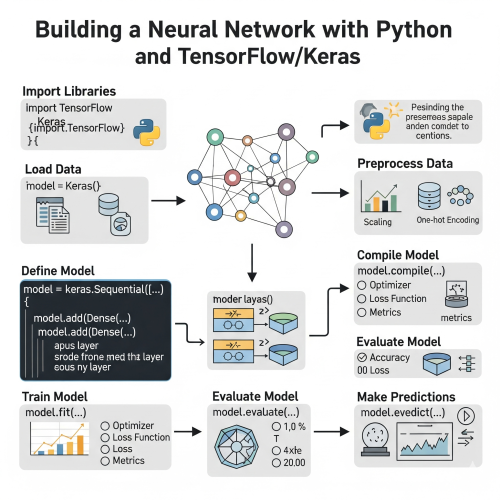



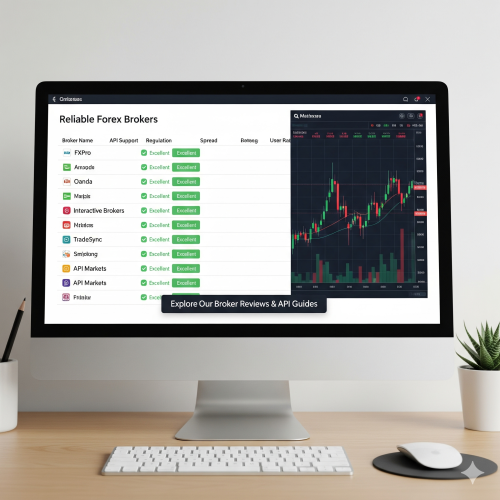
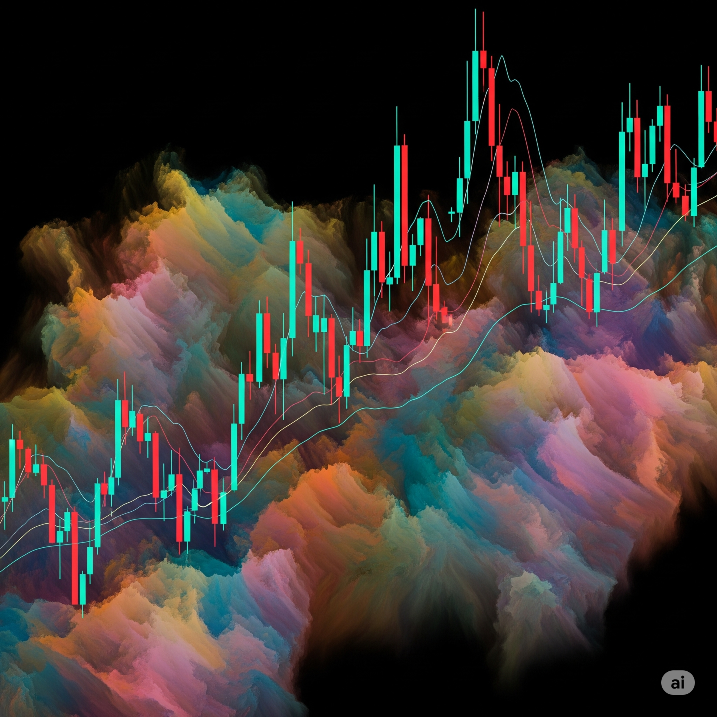
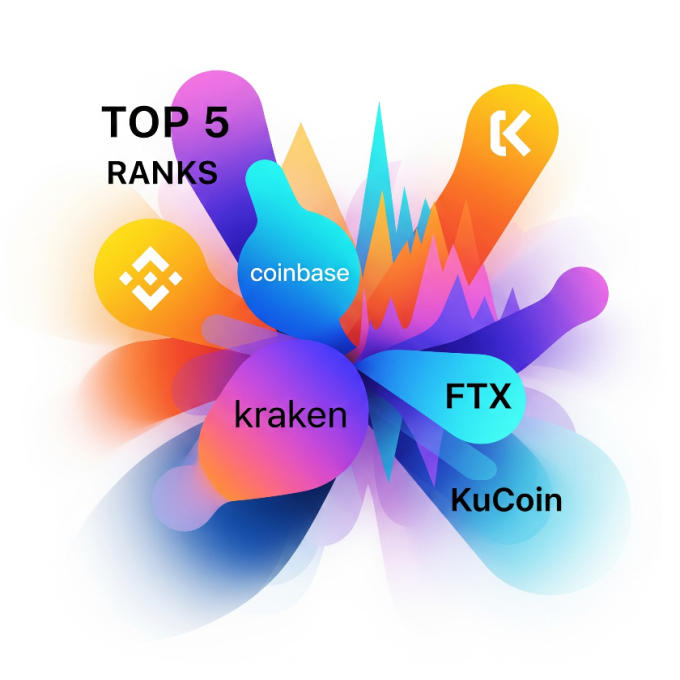


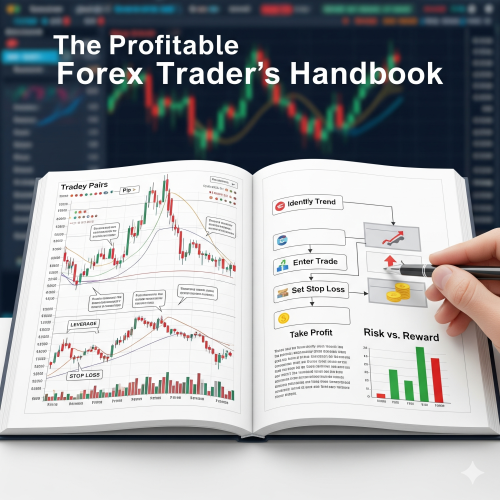
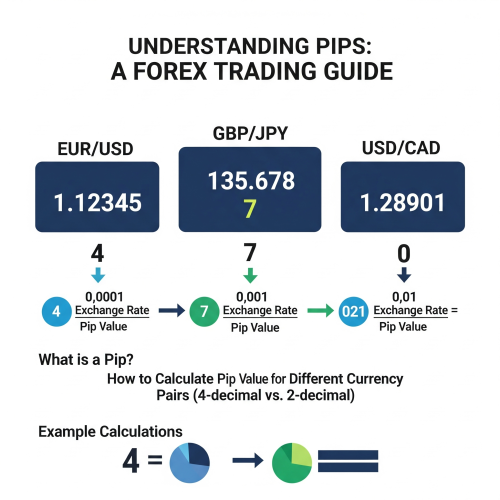



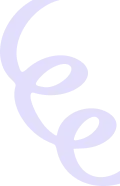
0 Comment